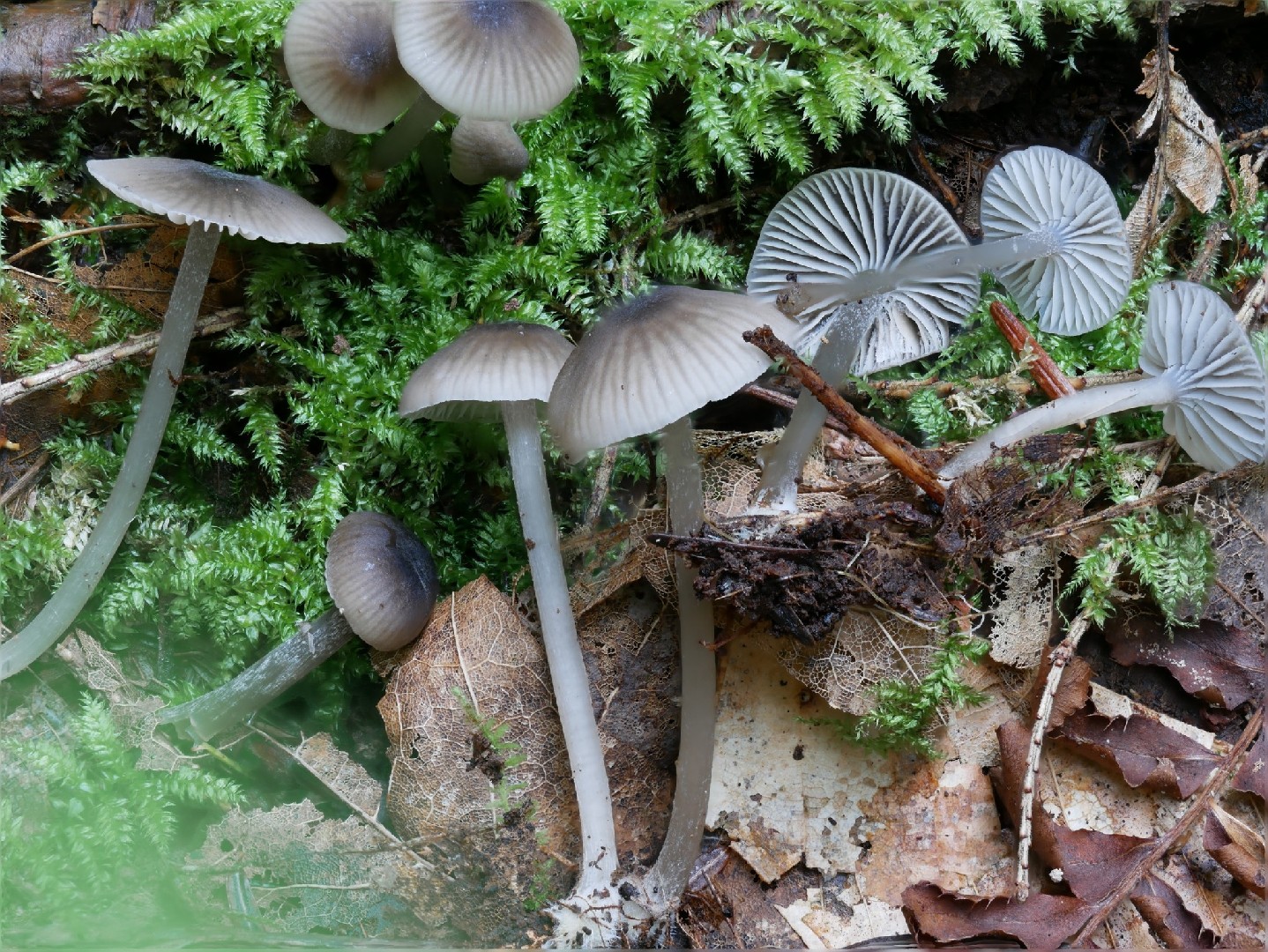Mycopan
Scientific name: Mycopan
Mycopan
Scientific name: Mycopan
 Photo By Garrett Taylor , used under CC-BY-4.0 /Cropped and compressed from original
Photo By Garrett Taylor , used under CC-BY-4.0 /Cropped and compressed from original Description
Mycopan is a fascinating group of fungi known for their unique structure and adaptability. Typically found in forested areas, these fungi often form intricate networks underground, playing a crucial role in decomposing organic matter and enriching the soil. Some species within this group can form symbiotic relationships with plants, assisting with nutrient absorption. Despite their seemingly small and understated nature, they significantly contribute to the health and growth of their ecosystems.